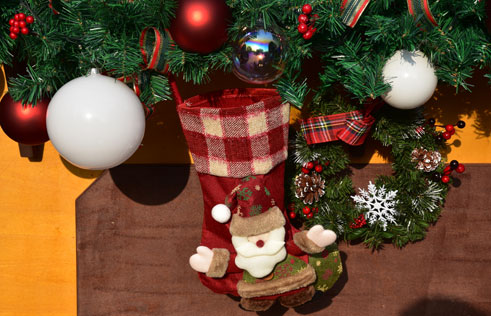Summer sweets

Forget about decadent grape bunches dangling above the mouths of sybaritic Roman matrons. Pauline D. Loh gives you a buying guide to the best temptations of summer right here in China.
Lychee (Litchi chinensis)
You may transplant them to Madagascar or Queensland, but the lychee will always remain an exotic Chinese fruit, deeply entrenched in the country's culinary heritage and history.
Every Chinese child knows the story of how fast horses were literally ridden to death as couriers galloped non-stop from Guangzhou to Xi'an, bringing lychee to the emperor's favorite concubine. All this effort just to win a smile from the beauty, Yang Guifei.
We don't know if it was really true, but the legend is so much part of the fruit's folklore that a type of lychee is actually named Concubine's Smile.
This is an early variety that is now widely sold from Hong Kong to Beijing and is a large sweet fruit with green-tinged skin that camouflages the translucent sugar-sweet flesh encasing an atrophied seed.
Like all good fruit trees, the lychee must be grafted to keep its genetic pool pure, and the seeds are now no more than a little tick in the enjoyment of the fruit.
The fruit flourishes in the warm humid climate of southern China, with the best coming from Guangdong province, and in recent years from the tropical island of Hainan.
Lychee comes into season in May and will be on the market for as long as three to four months. You may even get some Australian imports for the rest of the year, but true lychee aficionados know that the best varieties are worth waiting for.
The Chinese love lychee so much that they will even settle for the canned variety out of season. In Singapore, one of our childhood favorites is a syrupy lychee juice drink with two or three canned fruits floating on top of crushed ice. It was always a highlight of the meal.
But lychee is best eaten fresh, well chilled. Some of Beijing's top restaurants serve peeled lychee on a mountain of crushed ice - a decadent presentation that would make any woman smile.
Buying Guide: A few varieties of lychee are currently available on the market. The most common is the Concubine's Smile (feizi xiao), which is often the earliest fruit to arrive at stalls and shelves.
As the season progresses, in early June, the Osmanthus (guiwei) starts ripening. For the southern Chinese, this fruit has the best balance of flavors, sweet with just a tinge of acidity. It is also this fruit that is used in a classic Cantonese dish - lychee prawn balls.
Minced prawn with a little pork fat is hammered into a smooth paste. The chefs will then use it as a filling for guiwei lychee and the stuffed fruit is steamed and then lightly glazed with a crystal sauce. The sweetness of the prawns and the sweet-sour fruit make a sensational flavor combination.
For those after a sugar hit, the White Sugar Poppy (baitang li) offers instant gratification. This is a large fruit with thick flesh that lives up to its name. Its skin is poppy-red, hence the other part of its moniker. This is now getting to be more widely grown, so we can expect it to challenge the Concubine and the Osmanthus in the popularity stakes.
What to Look for: Buy lychee with stems attached. It will be good if the leaves are also intact because you can judge from the freshness of the leaves exactly how long it has been plucked from the tree.
The papery shell should still be soft and pliable, and the fruit should be dry and easily detached. A moist, wet fruit is a sign that it has been left too long.
Because of its high sugar content, lychee can go bad easily, and its juice turns to alcohol. Keep peeled fruits in the fridge, and eat them as soon as possible. Unpeeled fruit can be kept about two or three days, after which the skin turns dark and the fruits will go watery.
Nutrition: Apart from the sugar, lychee is rich in vitamin C, and traces of copper, potassium and phosphorous. They are cholesterol-free.
The Chinese believe that too much of a good thing is bad for you, and taking too many of the sugary fruits can cause the body to heat up, or shang huo.






















